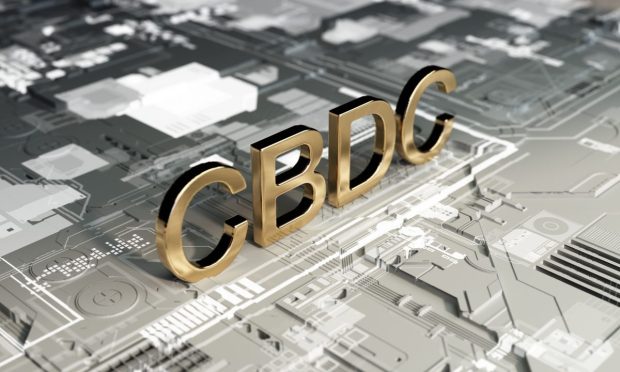Federal Reserve Governor Stresses the Importance of a US CBDC

Lael Brainard, governor of the Federal Reserve System, in a speech at the U.S. Monetary Policy Forum in New York on Friday (Feb. 18), reiterated the idea that the U.S. should be ready for the financial system of the future, which may include a central bank digital currency (CBDC), but she was careful not to inflate the expectations that the U.S. will actually develop a CBDC any time soon.
The rapid growth of the cryptocurrency market to around $2 trillion last year and the platforms that facilitate the crypto finance ecosystem, including DeFi platforms is something that the Federal Reserve cannot ignore. However, Brainard didn’t seem particularly worried about the evolution of these markets for the stability of the financial system.
On the other hand, stablecoins, digital assets that are intended to maintain stable value relative to reference assets such as the U.S dollar, were again the focal point of the speech and the Fed´s concerns about possible threats to the financial stability. Stablecoin supply grew nearly sixfold in 2021, from roughly $29 billion in January 2021 to $165 billion in January 2022, she said.
Brainard remarked that “there is a high degree of concentration among a few dollar-pegged stablecoins: As of January 2022, the largest stablecoin by market capitalization made up almost half of the market, and the four largest stablecoins together made up almost 90%.” While these stablecoins are mostly used today as collateral on DeFi and other crypto platforms, in the future, some issuers may try to use stablecoins as payments for everyday transactions, both domestic and international. That is the point where Brainard seems to be worried about, at that point it will be essential to have strong frameworks for the quality and sufficiency of reserves and risks management.
While the Fed does not want to interfere with the private sector in the development of new forms of payments, including crypto assets, digital money and real-time payments, where the Fed is involved with FedNow, it also stresses that “it is prudent to explore whether there is a role for a CBDC to preserve some of the safe and effective elements of the financial system of the present in a way that is complementary to the private sector innovations transforming the financial landscape of the future,” Brainard said.
Read more: Fed White Paper Examines Creating Digital Dollar
One of the ideas that stem from Brainard’s speech is that a CBDC could help to promote financial stability in a future financial system in which a growing number of consumers and institutions make transactions with stablecoins. If current trends continue, the stablecoin market could be dominated by just one or two issuers and, depending on the characteristics of these stablecoins, large shifts in holdings between stablecoins and deposits could be disruptive to financial stability.
If private stablecoins raise concerns for the domestic economy, foreign CBDCs seem to be also a source of concern for the Fed and for the role of the dollar in international markets. Although it is too early to draw any conclusions, China’s launch of the digital yuan, e-CNY, may have implications for the evolution of cross-border payments and may influence the development of standards for cross-border digital transactions, which now relies heavily on the SWIFT system for international payments. A CBDC could also be a solution to ensure that the digital dollar will also be the currency of reference in international markets.
Brainard´s speech didn´t move from the careful and cautious position adopted by the Fed to CBDCs, but it stressed the importance of continuing experimenting with these new technologies. In other words, the Fed is still far from having a CBDC, but lagging behind in the development of a CBDC could have significant consequences in the future.
Read more: Payments Execs Say Fed Has Yet to Make Compelling Case for CBDC
Sign up here for daily updates on the legal, policy and regulatory issues shaping the future of the connected economy.
